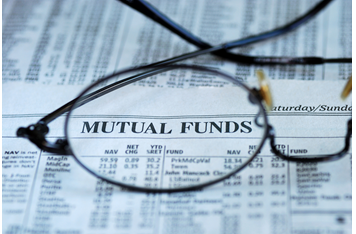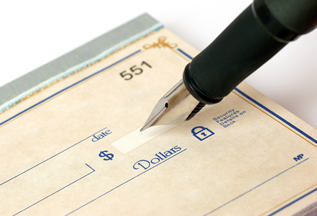
Buying bonds have long been considered one of the more stable investments that an investor can make.
While you don't have the thrill ride that can accompany a huge spike in the stock market, you also avoid the roller coaster pitfalls that occur when stocks suddenly drop.
Buying bonds is a relatively straightforward process, but there are different methods for adding bonds to your portfolio.
Buy Bonds Directly from the U.S. Treasury
When buying bonds you have the option of buying them straight from the U.S. Treasury.
This requires you to open an account online, and bid on bonds that are available for sale.
The Treasury Direct website lists two types of bids, but only one is possible for a private individual to make.
- Non-competitive. This means that you put your bid in, and will take whatever yield on the bond the auction results in.
This guarantees you a bond, but it does not guarantee the yield it will pay to you.
This process is conducted completely online, and you will need to open an account on the Treasury Direct website to buy bonds using this method.
- Competitive. Essentially, this is the exact opposite.
Here, you can specify a threshold that the yield needs to meet if you want to purchase the bond.
With this method, there is no guarantee that you will receive the value or amount of the bond that you initially request.
Note: individual investors or individuals cannot use the competitive method of buying bonds, without the assistance of a third party broker or dealer.
Using a Bond Broker for Buying Bonds
There are brokers who specialize in the sale of bonds to their customers.
Primarily, these brokers work for people who invest large sums of money, and many will require an initial investment of a certain threshold in order to sell or buy bonds for you.
If you don't have enough money to buy bonds this way, however, there are other methods more accessible to the less liquid investor.
Using Your Discount Brokerage to Buy Bonds
If you're a self-directed individual investor who uses a discount brokerage, there is a good chance that you have the option to purchase bonds through your investment account. Here are some examples of the discount brokers that allow you to purchase bonds.
- TD Ameritrade has a tool called the Bond Wizard to help you when you're buying bonds. This tool analyzes your situation and goals and helps you choose which bonds are right for you to invest in.
- Charles Schwab offers fixed income products including a wide variety of bonds. New issue bonds are available, as are corporate bonds, treasuries, agency bonds and municipal bonds.
- E*Trade states that they have over 50,000 bonds available, and offer financial consultations to help find the bonds that are right for you.
These are just a few examples, and many other online discount brokers will also have bonds available to you.
Bond Mutual Funds
Another method for buying bonds is to buy bond mutual funds instead of buying individual bonds.
Bond mutual funds do have a greater element of risk than investing in certain individual bonds.
This is because while an individual bond (like a treasury bond) might be insured against loss, the mutual fund itself will not be covered in the same way.
That means investing in mutual funds that hold bonds is a slightly riskier way of buying bonds in one respect, but in another it also diversifies your risk in the way that all mutual funds do.
It also puts the management of your money in the hands of a more experienced financial manager, rather than leaving it primarily self-directed.
Bond ETFs
ETF stands for Exchange Traded Fund. A bond ETF is another way to buy bonds that allows you to purchase multiple bonds in a single product, very much like a mutual fund.
On the other hand, the fund is also similar to a stock, as it is traded via an exchange platform.
The choice between a bond ETF and a bond mutual fund depends partly on the given market situation at the point of purchase.
Sometimes mutual funds show a better return, because there is a more hands-on approach to managing the fund.
However, ETF fees and associated costs are typically lower. Because of the low return often associated with bonds, this is something worth considering.
These five methods of buying bonds are certainly not the only ways you can purchase them.
However, it should give you enough options to start hunting for the best way to invest in bonds for your unique financial situation.







